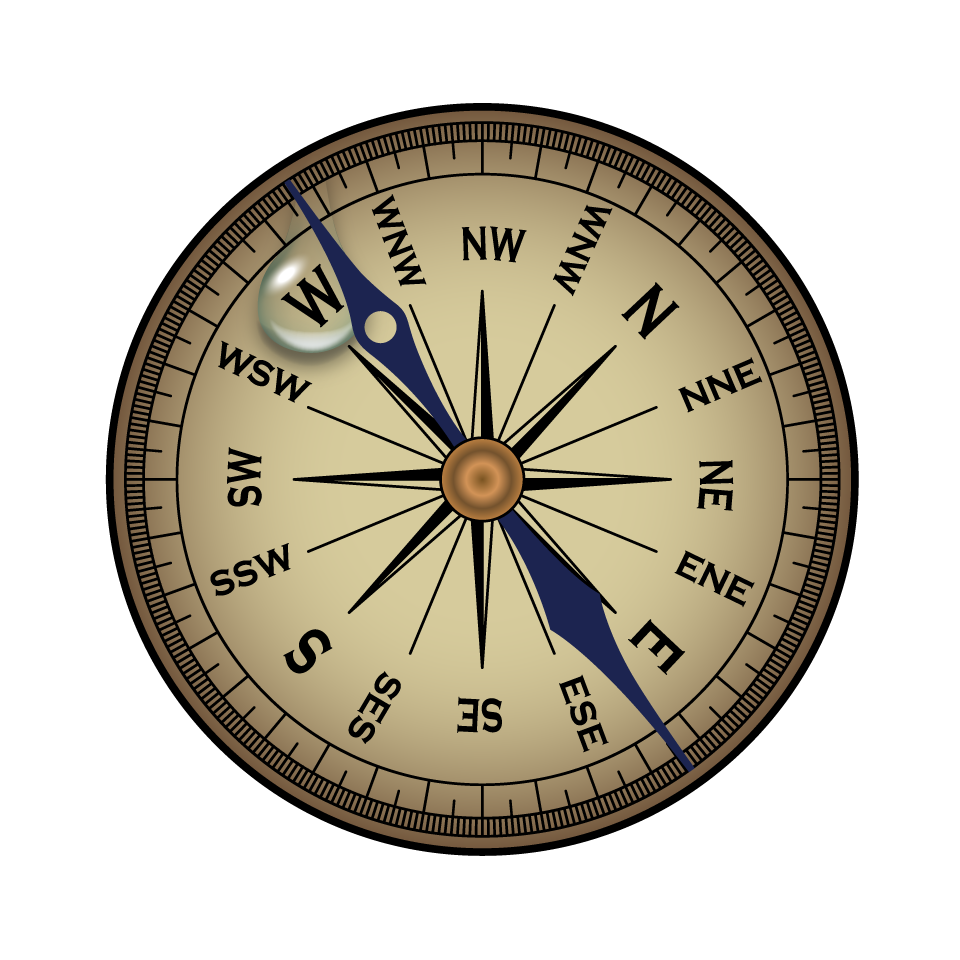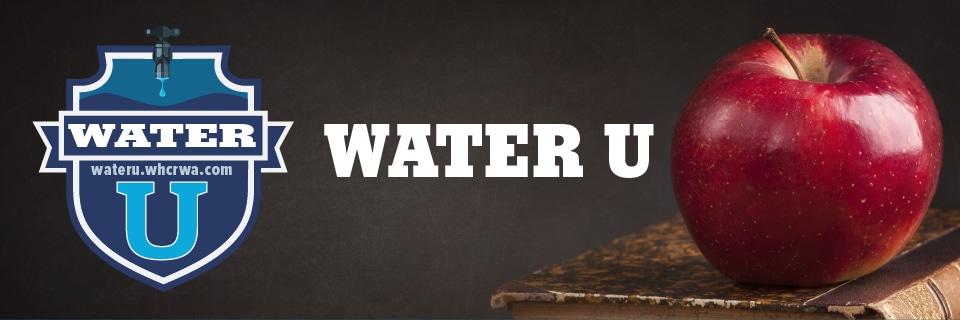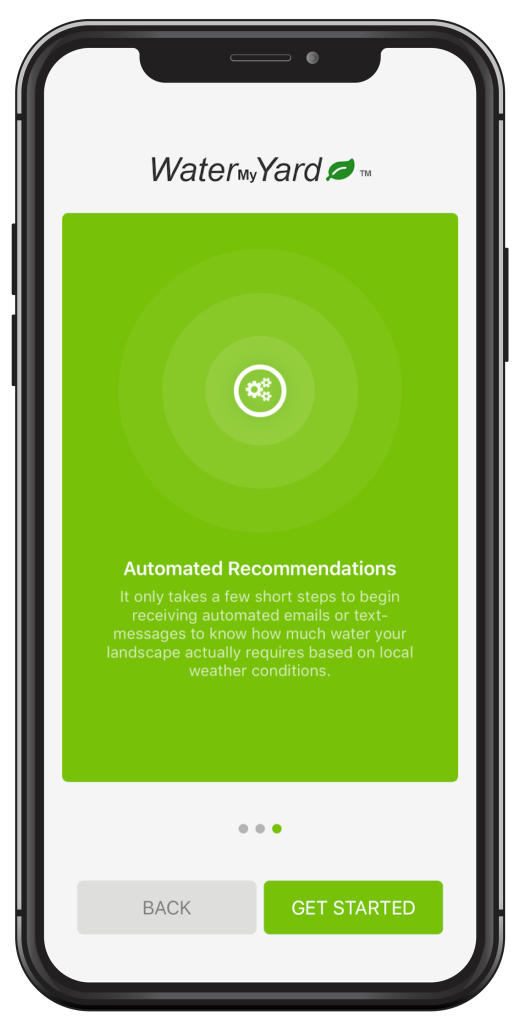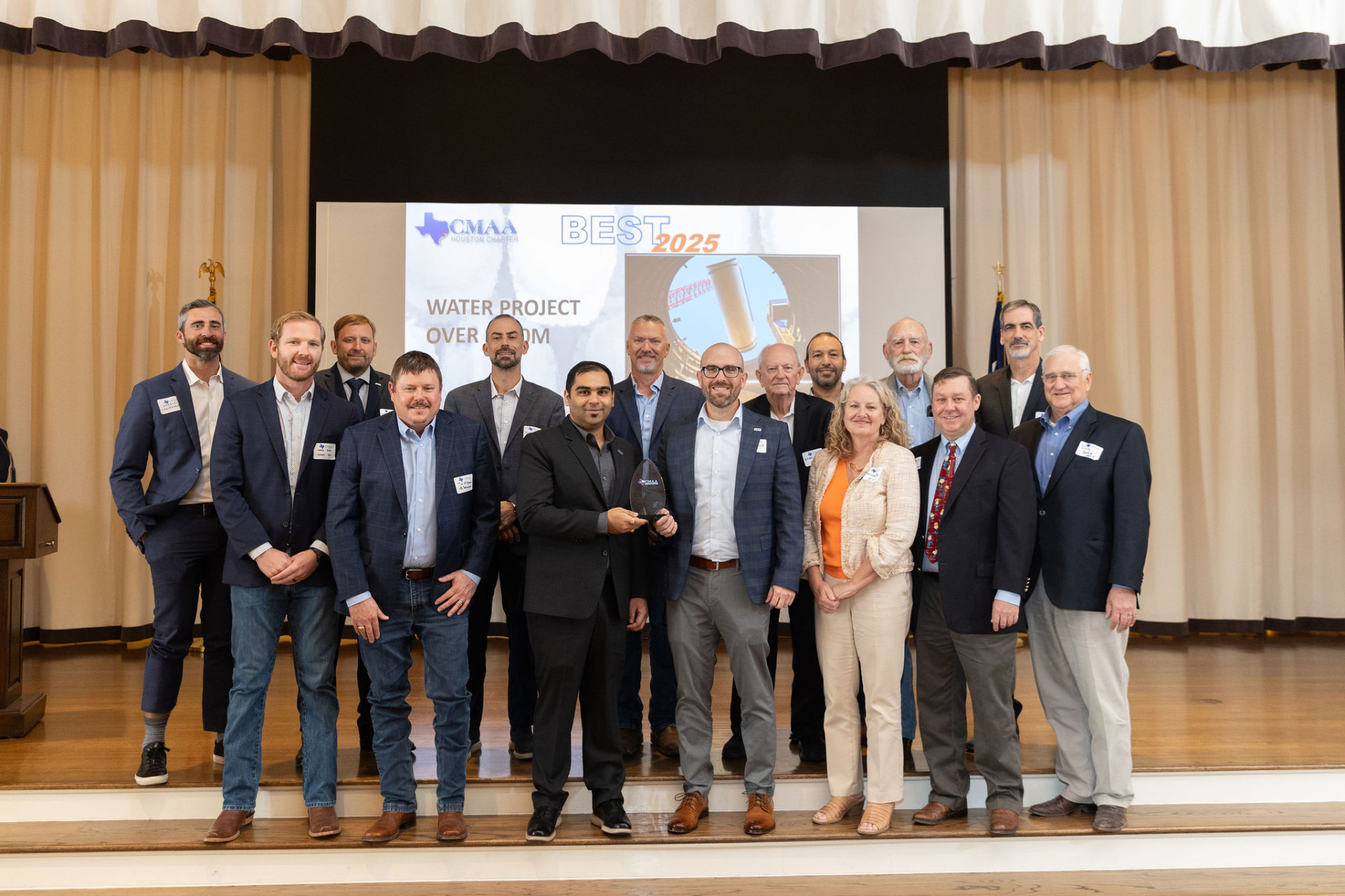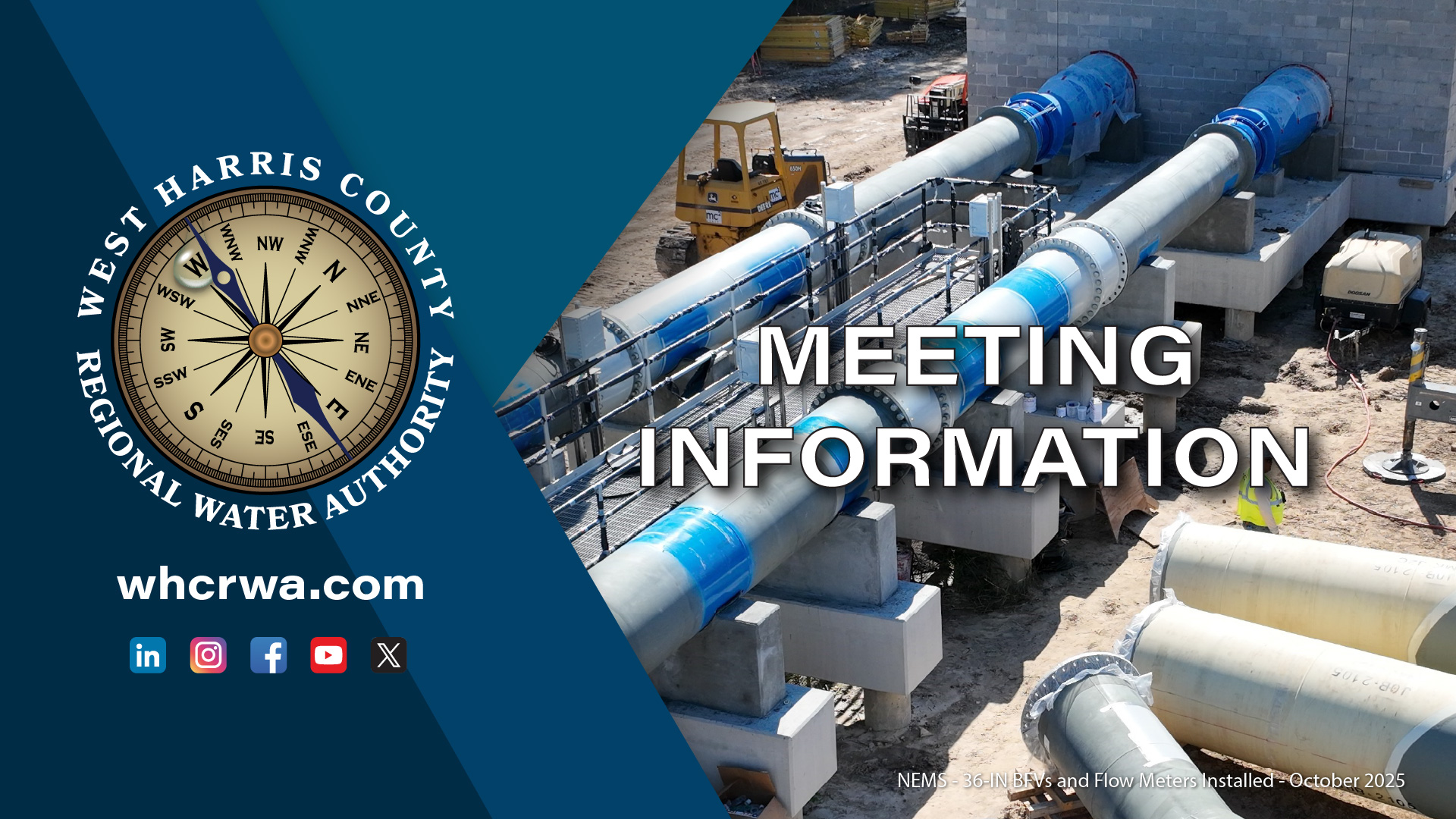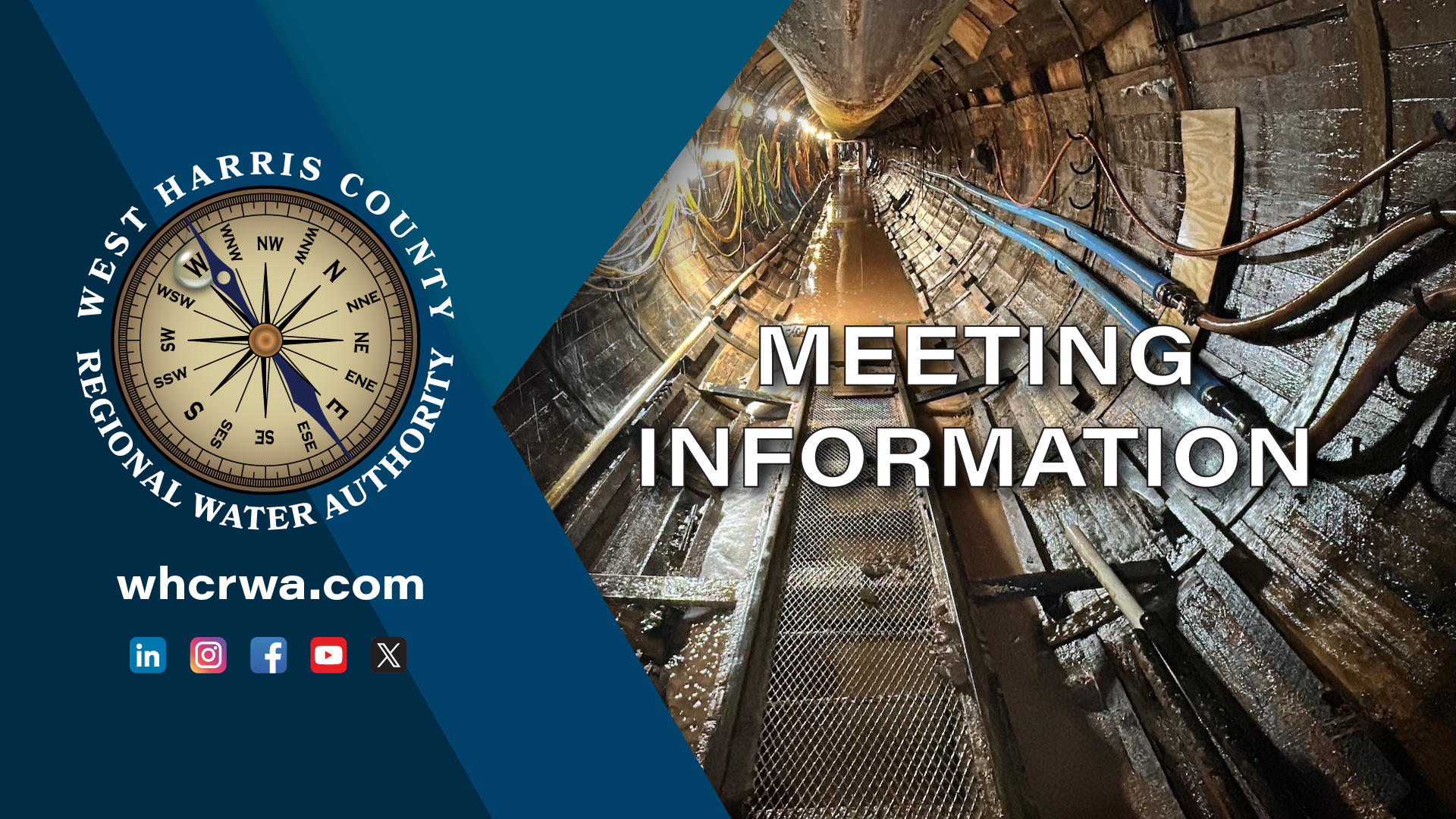Water For Our Future
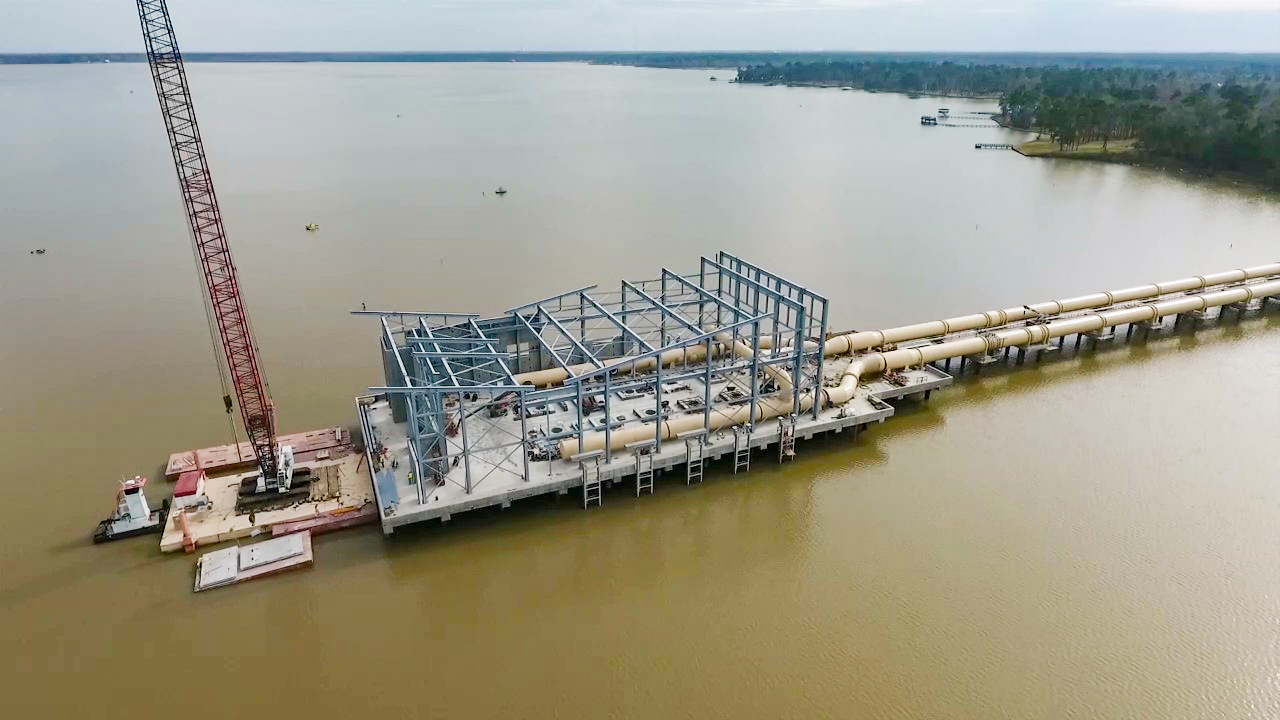
To accomplish the Harris-Galveston Subsidence District groundwater reduction mandate, the WHCRWA has four major components of water supply/infrastructure projects which include the Luce Bayou Interbasin Transfer Project, the Northeast Water Purification Plant Expansion Project, the Surface Water Supply Project, and our internal distribution lines connecting to local MUDs.
Luce Bayou Interbasin Transfer Project
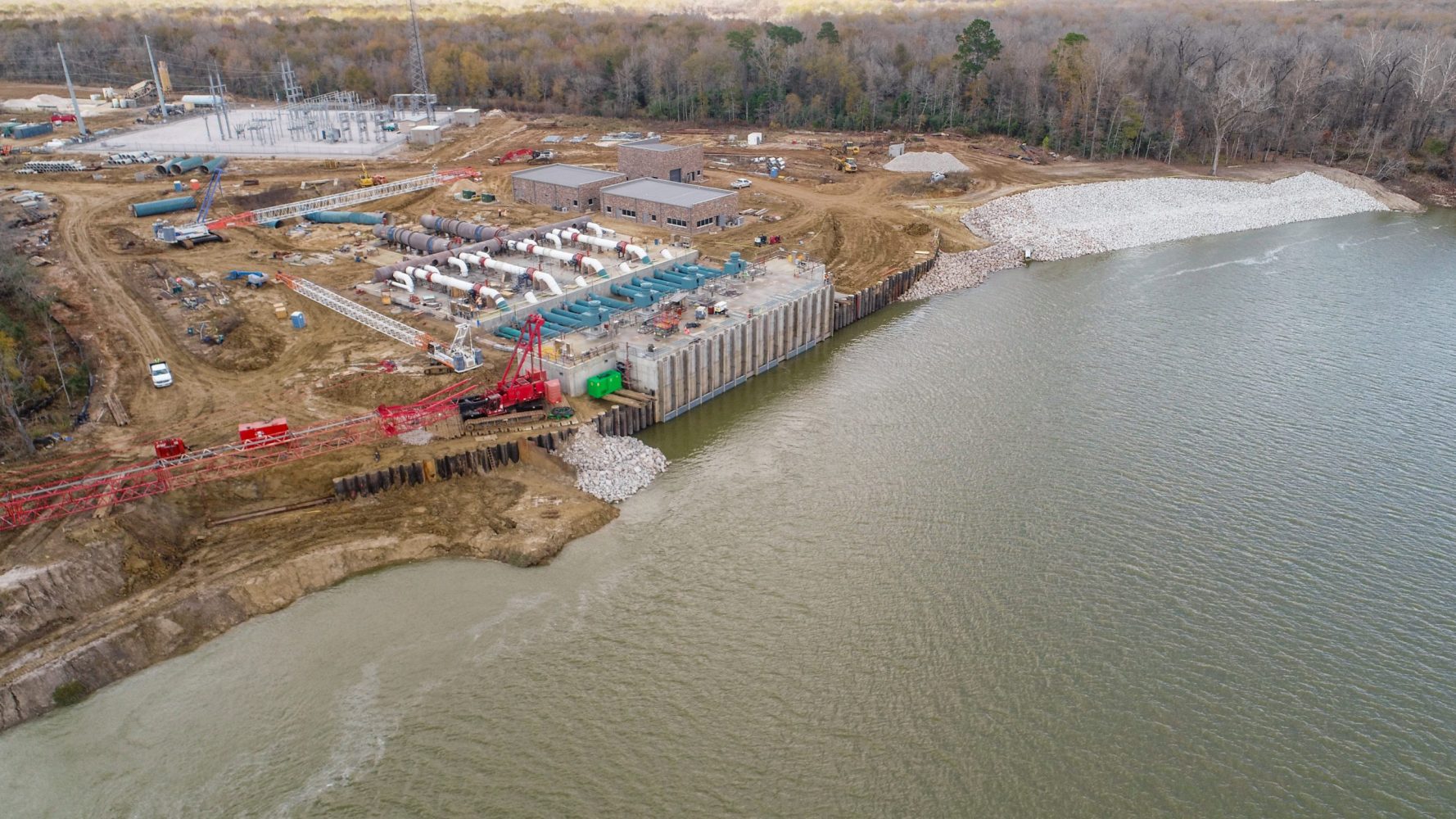
Following the flow of water, the Luce Bayou Interbasin Transfer Project involves building a pump station, 3 miles of twin 96” pipelines and a series of canals totaling 23 miles which will move up to 500 million gallons (MG) of water each day from the Trinity River into Lake Houston.
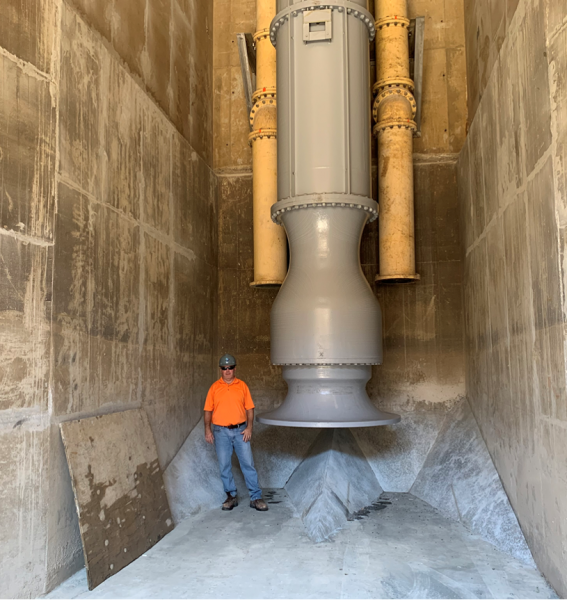
Shown in the photo above is a pump column with a suction bell on the bottom. The tan lines on the sides are a flushing system to re-suspend any sediment that accumulates in the bay. – Standing next to the column is David Miller the Luce Bayou Project Manager.
Expansion of the Northeast Water Purification Plant
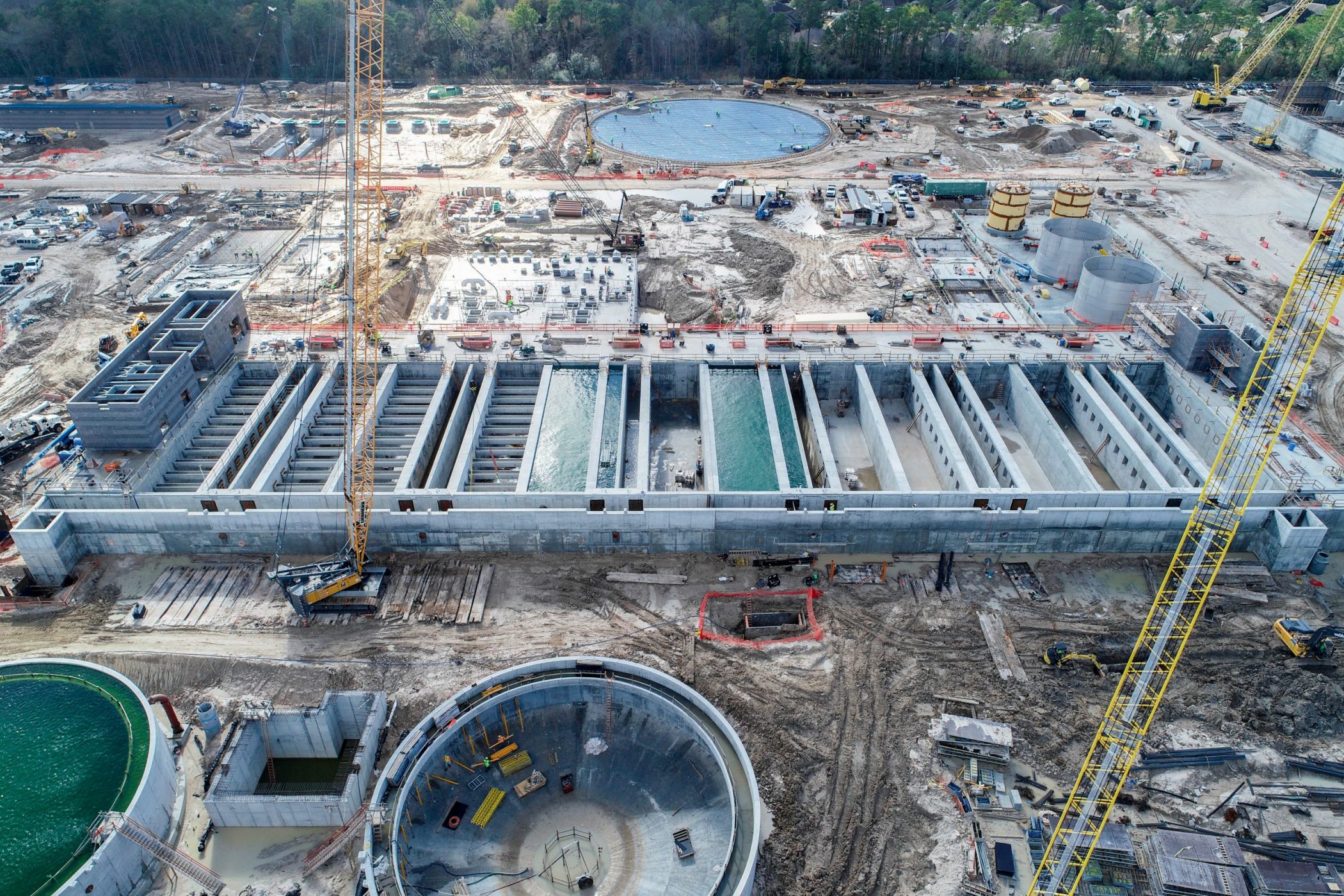
Next, the Northeast Water Purification Plant (NEWPP) Expansion Project on Lake Houston will increase the City of Houston’s 80 MG per day plant capacity to treat an additional 320 million gallons of water each day.
Surface Water Supply Project
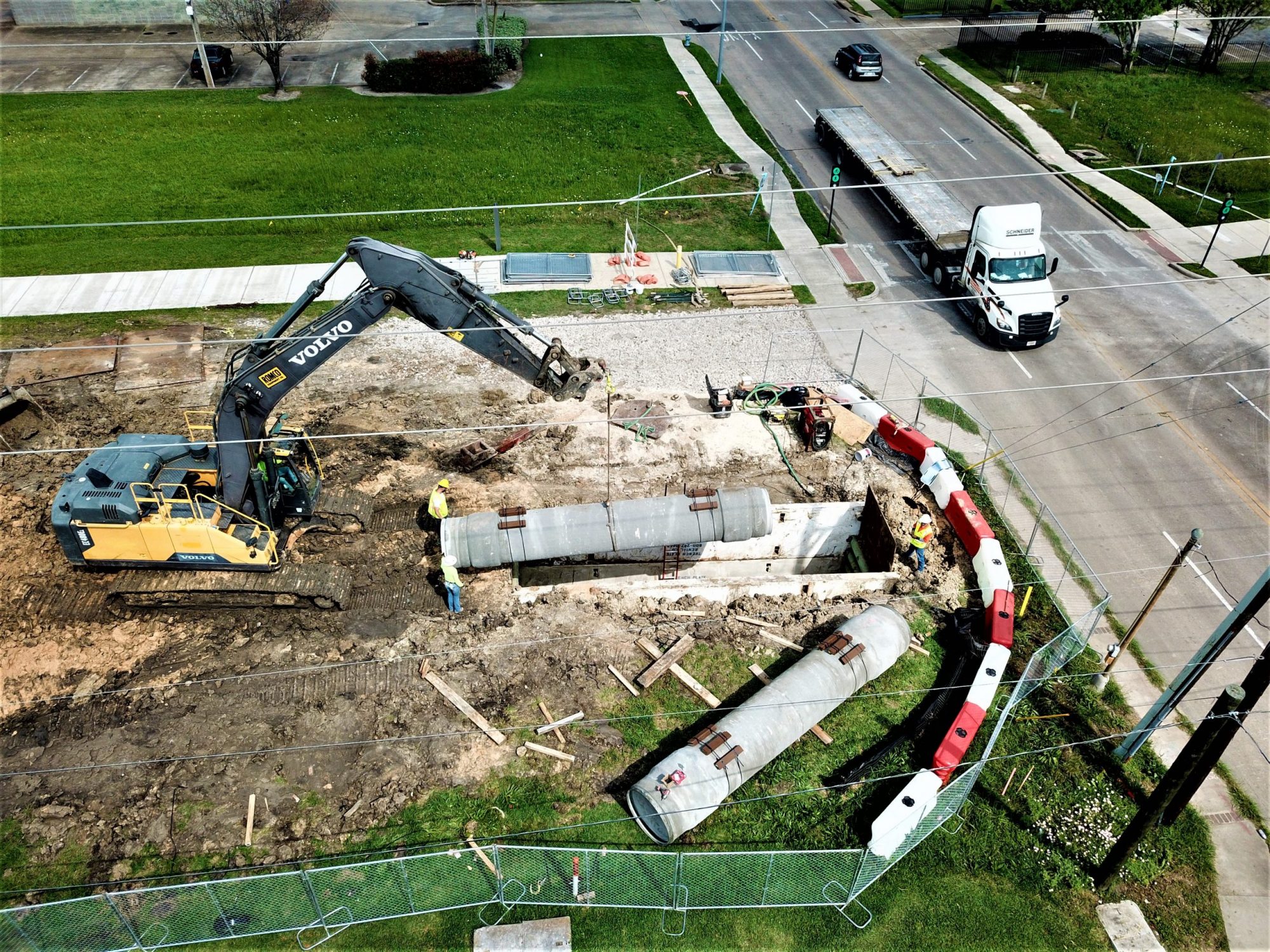
The treated water will then flow through the Surface Water Supply Project (SWSP) pipeline to west Harris County. The SWSP will deliver 150 million gallons of water each day through a massive 96” waterline from the NEWPP, delivering a portion to the WHCRWA and the other portion to our partner, the North Fort Bend Water Authority (NFBWA). The SWSP project involves the construction of two massive pump stations to assist in moving the water along 52 miles of pipeline.
WHCRWA Transmission Lines
The final step is to deliver the water from the pump stations within our boundaries to the individual MUDs through our internal distribution lines.
The first two projects, the Luce Bayou Interbasin Transfer Project and NEWPP Expansion Project are well along in their construction, while work on the first section of the Surface Water Supply Project started in 2020.
